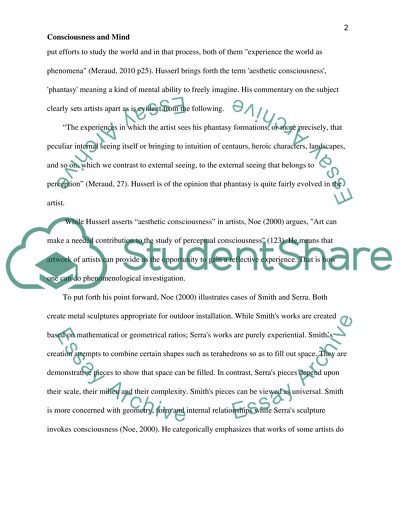Cite this document
(“Consciousness and Mind Essay Example | Topics and Well Written Essays - 1250 words”, n.d.)
Consciousness and Mind Essay Example | Topics and Well Written Essays - 1250 words. Retrieved from https://studentshare.org/philosophy/1663987-consciousness-and-mind
Consciousness and Mind Essay Example | Topics and Well Written Essays - 1250 words. Retrieved from https://studentshare.org/philosophy/1663987-consciousness-and-mind
(Consciousness and Mind Essay Example | Topics and Well Written Essays - 1250 Words)
Consciousness and Mind Essay Example | Topics and Well Written Essays - 1250 Words. https://studentshare.org/philosophy/1663987-consciousness-and-mind.
Consciousness and Mind Essay Example | Topics and Well Written Essays - 1250 Words. https://studentshare.org/philosophy/1663987-consciousness-and-mind.
“Consciousness and Mind Essay Example | Topics and Well Written Essays - 1250 Words”, n.d. https://studentshare.org/philosophy/1663987-consciousness-and-mind.


